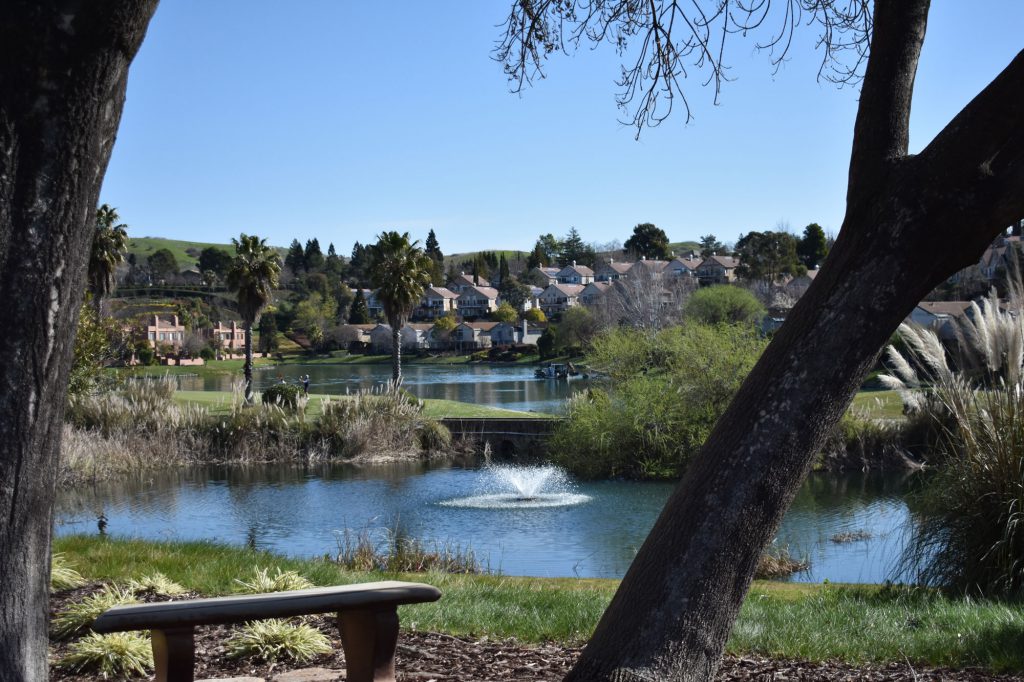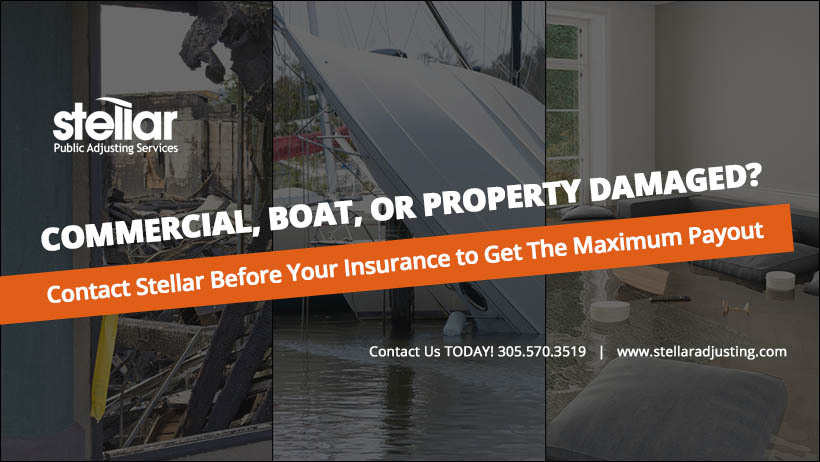Glass repair, replacement and tinting services to the residential, automotive and commercial markets
If you’re ready to give your home a new look or save on heating and cooling bills, your windows are a great place to start. But with so many ways to renovate the windows in your home, where do you even begin?
Are solar screens an option, and do they really work? What are the advantages of Double Pane windows? If you’re scratching your head wondering which window option to choose, you’re not alone! Because there are several options to choose from, this article will help you figure out which windows might work best for your home and budget. To make that process easier, let’s take a look at a few of the most popular window options available.
Before reviewing the different window options available, it should be noted that energy efficiency should be a major consideration when deciding which type of windows you choose for your home. Energy efficient windows can help lower your monthly heating and cooling cost, and can result in significant savings over time.
Impact Windows
While the initial cost of impact windows might be a little more, they offer a significant advantage when it comes to protecting your home and property from storm damage. If you live in a climate that is prone to hurricanes or severe weather, impact windows provide the type of security and protection that other windows can’t match. Upgrading your home with impact windows can also help increase the overall value of your home. Since your windows are often the weakest point in a home, impact windows help minimize the threat of damage to your home.
800-806-8807
Our Philosophy and Mission
 With over twenty-years of South Florida experience in the glass restoration industry, Scratch Removal Specialists, Inc. strives to provide the most professional and cost effective solutions to your glass restoration needs. Our company culture of professionalism, safety, training, and customer satisfaction makes us stand-out as the best choice in the glass restoration industry. From a single window repair, to an entire building restoration, we have the experience and staffing to take on your project with the the care and professionalism it deserves.
With over twenty-years of South Florida experience in the glass restoration industry, Scratch Removal Specialists, Inc. strives to provide the most professional and cost effective solutions to your glass restoration needs. Our company culture of professionalism, safety, training, and customer satisfaction makes us stand-out as the best choice in the glass restoration industry. From a single window repair, to an entire building restoration, we have the experience and staffing to take on your project with the the care and professionalism it deserves.
IGU (Double Pane Windows)
Insulated glass windows, also referred to as double-pane windows, consist of two or more pieces of flat glass separated by gas or air that is injected between them. Two pieces of glass certainly provide more protection as opposed to one. However, since glass is a poor insulator by nature, the thickness of the glass may not be as important as what’s in between those two panes of glass. This space is typically filled with either air or gas (like krypton or argon) which helps boost the windows’ insulating power and inhibits heat transfer. Not only are insulated glass windows incredibly energy-efficient, but they also add a layer of comfort to your home by helping to reduce the amount of air that escapes through your window and the level of outside noise.
Low-E Glass
Low-E, which stands for low emissivity glass, is a kind of thin coating (thinner than a strand of human hair) that is applied to windows to make them substantially more energy-efficient. While window tints use a type of film to minimize heat, low E-glass uses a colorless, non-toxic coating instead. Low-E glass minimizes how much ultraviolet light passes through the window. This can help enhance the natural lighting in your home and reduce heating and cooling costs. Low-E glass is a great investment if you’re looking to make a subtle upgrade of your windows while staying cost-effective.
If you decide to update rather than replace your windows, here are some other ways in which you can make them more energy efficient in the process.
Call us at 954.963.9877 or Request a FREE Estimate Today!
 Founded in 1988 in Hollywood, Florida and has served 1,000′s of customers with premium automotive, residential, commercial and marine window tinting. We carry Suntek and Huper Optiks Ceramic Window Films. In addition to Window Tinting, Allstate Tint & Blinds offers Roll-Up Shades, Vertical Blinds, Bamboo Blinds, Faux Blinds and 2″ Wood Blinds.
Founded in 1988 in Hollywood, Florida and has served 1,000′s of customers with premium automotive, residential, commercial and marine window tinting. We carry Suntek and Huper Optiks Ceramic Window Films. In addition to Window Tinting, Allstate Tint & Blinds offers Roll-Up Shades, Vertical Blinds, Bamboo Blinds, Faux Blinds and 2″ Wood Blinds.
In 2013, Allstate Tint & Blinds celebrated their Grand Opening of their new location at 2011 SW 70th Avenue, #A17, Davie, Florida 33317 (Located across the street from the Signature Grand) We advise to please call ahead for an appointment, or as always you are welcome to drop off your vehicles.
Solar Screens
Solar screens are made up of dark, tightly woven mesh that can be installed on the outside or on the inside of your window. Installing solar screens offers a few advantages. They are relatively inexpensive and can help reduce energy usage. They are also a great solution for any windows that receive extended exposure to the sun throughout the day. Solar screens help reduce the amount of heat inside your home, blocking as much as 90% of outside heat. They also help reduce glare, protect privacy, and help prevent heat damage to the interior of your home.
Window Tinting
Window tinting is another option if you’re looking to upgrade your windows without replacing them. Windows can be tinted in a wide range of colors and shades, and with a variety of different materials. Each treatment can accomplish a different purpose, or help achieve a certain look, with different pros and cons for each.
Here are the five most common types of window tint:
- Standard – Helps block sunlight
- Ceramic – Considered the best type of window tint as it reflects the sun’s UV rays and reduces glare.
- Decorative – Used for aesthetic purposes and replicates the look of stained/frosted glass. It’s commonly used to transform regular windows into ornate ones without having to replace the glass or install a new window.
- Security – Used to reinforce and strengthen windows to help protect against breakage and natural disasters.
- Solar – Provides a scratch-resistant coating and utilizes polyester laminate. This film reduces UV and IR rays as well as glare, which helps improve visibility.
(954) 871-5870
We are the South Florida Leading Window Tinting Company. We only use the Highest Quality of Products in our Industry. Which means that the job we do Lasts.
Cool World Window Tinting Solutions is an authorized Madico Sunscape & SolarGard window tint dealer, with over 20 years window tinting experience.
Cool World Window Tinting Solutions uses only high-quality Madico window films, which are guaranteed not to bubble or change colors and will keep your home, office or auto comfortably cool for many years to come.
Cool World Window Tinting Solutions is a fully mobile window tint company that will come to you at your home or office. Cool World Window Tinting Solutions is fully licensed and insured and offers a full line of window tinting products to maximize energy savings for your home or business.
It is our goal to shelter your family, protect your investments and secure your well-being.
 The Jansen Family have been serving the homeowner and construction industry of the Florida Gulf Coast from Fort Meyers to North Tampa, Tarpon Springs and the Islands since 1973. In 2002, Phillip Jansen and his son Travis opened Jansen Shutters & Windows with the intention of providing the best hurricane protection necessary to ensure the safety of your family and business.
The Jansen Family have been serving the homeowner and construction industry of the Florida Gulf Coast from Fort Meyers to North Tampa, Tarpon Springs and the Islands since 1973. In 2002, Phillip Jansen and his son Travis opened Jansen Shutters & Windows with the intention of providing the best hurricane protection necessary to ensure the safety of your family and business.
As our company grew we expanded out product line to include, Out Door Living Products. Which includes our exclusive “Jansen Vista” Motorized Insect Screens, Fabrication, Louver, Pergolas and more. We are proud to say everything we manufacture is American Made. Our work does not stop at installation, we believe it is necessary to educate our customers about the products we provide. So you can pick the best products that fits your lifestyle and budget.
Tags:
Windows and Doors Articles



 With over twenty-years of South Florida experience in the glass restoration industry, Scratch Removal Specialists, Inc. strives to provide the most professional and
With over twenty-years of South Florida experience in the glass restoration industry, Scratch Removal Specialists, Inc. strives to provide the most professional and 
 The Jansen Family have been serving the homeowner and construction industry of the Florida Gulf Coast from Fort Meyers to North Tampa, Tarpon Springs and the Islands since 1973. In 2002, Phillip Jansen and his son Travis opened Jansen Shutters & Windows with the intention of providing the best hurricane protection necessary to ensure the safety of your family and business.
The Jansen Family have been serving the homeowner and construction industry of the Florida Gulf Coast from Fort Meyers to North Tampa, Tarpon Springs and the Islands since 1973. In 2002, Phillip Jansen and his son Travis opened Jansen Shutters & Windows with the intention of providing the best hurricane protection necessary to ensure the safety of your family and business.


 Before we talk about how to hire a public adjuster, let’s talk for a second about why you would want to hire one in the first place. The short answer is that you hopefully will never need to hire one. However, if your home or business is damaged, you’ll need to fire an insurance claim, which means providing the insurance company with an estimate of the damages. If the claim is very large, or if the insurance company thinks they can get away with paying less, they will send an
Before we talk about how to hire a public adjuster, let’s talk for a second about why you would want to hire one in the first place. The short answer is that you hopefully will never need to hire one. However, if your home or business is damaged, you’ll need to fire an insurance claim, which means providing the insurance company with an estimate of the damages. If the claim is very large, or if the insurance company thinks they can get away with paying less, they will send an 








 A stormwater system is a tool for managing the runoff from rainfall. When rainwater lands on rooftops, parking lots, streets, driveways and other surfaces that water cannot penetrate, the runoff flows into grates, swales or ditches located around your property and neighborhood. These grates, swales and ditches carry the runoff into stormwater ponds. A stormwater pond is specifically designed to help prevent flooding and remove pollutants from the water before it can drain into the groundwater or into streams, rivers, lakes, wetlands, or the ocean.
A stormwater system is a tool for managing the runoff from rainfall. When rainwater lands on rooftops, parking lots, streets, driveways and other surfaces that water cannot penetrate, the runoff flows into grates, swales or ditches located around your property and neighborhood. These grates, swales and ditches carry the runoff into stormwater ponds. A stormwater pond is specifically designed to help prevent flooding and remove pollutants from the water before it can drain into the groundwater or into streams, rivers, lakes, wetlands, or the ocean.

